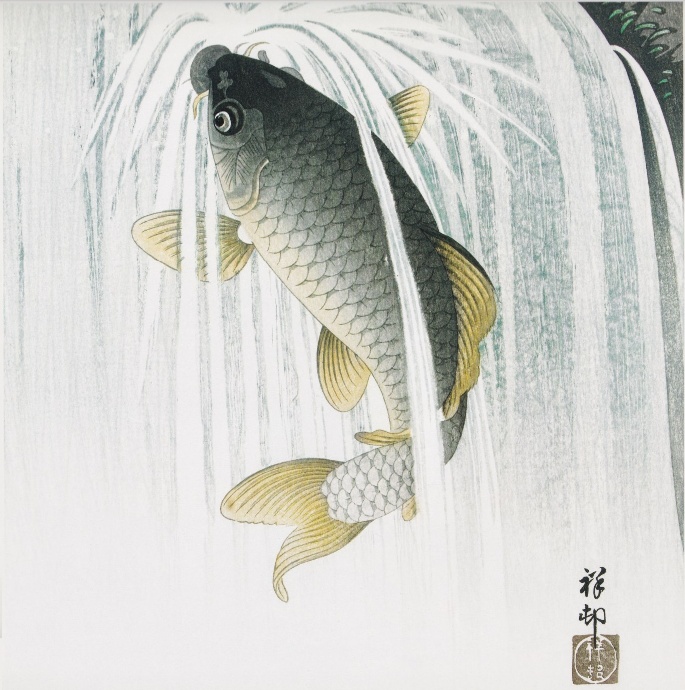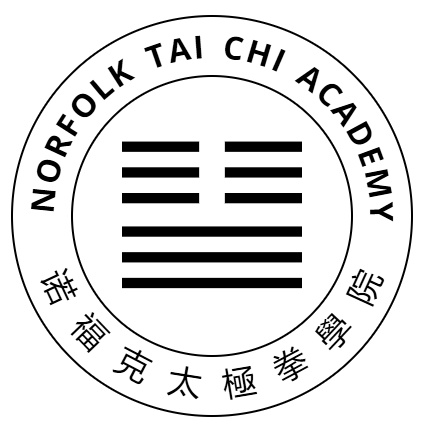
This phrase, well known in China as a metaphor for great success, has its origins in the leaping of carp in China’s Yellow River. Like migrating salmon in the Western hemisphere, the carp swim upstream, leaping the rapids which form as the river flows through a cleft in the mountains. So difficult is the ascent that many carp are unable to complete it and fall back. A legend tells that they complained to the Emperor who found that they had a point and decided to reward the successful few by transforming them into dragons. The rapids were then named 龍 門, the Dragon’s Gate.
Tai Chi is full of references to carp leaping the Dragon Gate. We find it at the end of the sword set (#47 Carp leaps the Dragon Gate) and also of the Yang family sabre set (“Left Right Part the Waters, Jump the Dragon Gate), although the name is not preserved in the version of the set transmitted by Sun Dit to Mr Moy. In both sets the move comes close to the end of the set where it thus symbolises the achievement of success after a long effort.
The leaping of carp is a common subject in both Chinese and Japanese art. This image is by the famous Japanese painter and engraver Ohara Koson (1866-1945).
